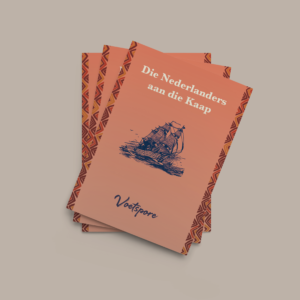The Dutch were the first Europeans to colonize the Cape. Use this printable file folder project, available in either English or Afrikaans to learn all about the early days at the Cape settlement.
The file folder project includes the following topics:

- The Cape – Halfway to the East
- Post-office stones
- The Dutch East India Company
- Jan Van Riebeeck
- The Company’s garden
- Free burghers
- Beachrangers or Strandlopers
- Slaves at the Cape
- Interesting facts about the Cape
- Cape Dutch Houses
- The Castle of Good Hope
- Simon van der Stel – 1639-1712
- Afrikaans – a Dutch legacy
- Phrases in Afrikaans, Dutch and English
- Comparison of Psalm 23
Use this printable file folder project pack to enhance your children’s learning about the Dutch settlement at the Cape in the 17th and 18th centuries.
Realising that a traditional theme book project can be overwhelming for young children, even with help and supervision, we have created this printable file folder project to make learning easier!
In this ebook, we supply you and your students with reference information, instructions as well as the printable templates to make a series of mini-booklets on each sub-topic.
A mini-book project enables children to work with small bits of information that can then be arranged onto a file folder to create a complete project.
This file folder project pack (or lapbook) is aimed at children aged 7-11 and can be adapted for multiple age levels, commonly found in the homeschooling situation. It could be used in a homeschool co-op group or a traditional school classroom situation too.

Sample of a completed file folder project
Ten Benefits of using a File Folder
1. A file folder project will enable your children to work on and review key information about the topic being studied.
2. It will develop auditory and comprehension skills as well as the ability to search, sift and find answers in a written text.
3. The hands-on activities are fun and develop fine motor skills.
4. Children love to learn by doing!
5. The creative possibilities are endless. Children can be creative and add their unique touch to their projects.
6. File folder projects are ideal for multi-level learning.
7. Project packs can be incorporated into unit studies, supplement topics of study or stand alone.
8. A project gives the children a reason for writing and drawing.
9. File folder projects are compact and easy to store.
10. A file folder project can become part of a child’s portfolio of work and are a great tool for reviewing completed work.
BUY NOW
Sample Snippet from the lapbook
The Dutch at the Cape

The Cape – Halfway to the East
Soon after the Portuguese explorer, Bartholomeu Dias rounded the Cape in 1488, other explorers found the sea route to the East and soon trade routes were established via the Cape between the East and West. Before any settlement was established at the Cape, many ships called in at Table Bay for refreshment.
The Cape became a meeting place for sailors and a useful port of call where messages could be exchanged. The Portuguese named the area the Cape of Storms.
The Dutch East India Company

The Dutch East India Company or Vereenigde Oost-Indische Compagnie (VOC) was formed in the Holland in 1602 when a number of small trading companies united. The States-General of the Netherlands granted the VOC a 21-year monopoly to carry out colonial activities in the East and Holland became the most important trading nation of Europe at that time.
The VOC was controlled by the Heeren XVII or Lords Seventeen who represented the various shareholders in the Company. The headquarters of the Company were in Batavia on the island of Java and so the Cape was a convenient half-way stop for ships sailing from Holland. In 1651 the Lords Seventeen decided to establish a permanent trading station at the Cape.
Jan Van Riebeeck

Jan Van Riebeeck was born in the Netherlands in 1619. At the age of twenty he joined the Dutch East India Company as an assistant surgeon, but later became a very successful trader for them, in Japan, Formosa (now Taiwan) and China.
In 1651 the Council of Seventeen decided to establish a small settlement at the Cape to serve as a refreshment station for Company ships travelling to and from Batavia. Here they could replenish their supplies of water, fruit, vegetables and meat. Van Riebeeck was appointed the leader of this expedition.
Van Riebeeck was instructed to build a fort for protection, to plant a garden and to barter livestock with the indigenous people. He set out along with his wife, Maria (nee de la Quellerie) and about 90 others, from Texel, Holland on the Drommedaris, his flagship, the Reyger and the Goede Hoop. Two more supply ships, the Olifant and the Walvis followed shortly after.
On 6 April 1652, Van Riebeeck dropped anchor in Table Bay. His first task was to build a fort for protection against attackers and the weather. The fort was completed in August of 1653. It was called the Fort de Goede Hoop and the four bastions, made of mud and stone, were named after Van Riebeeck’s other four ships: Drommedaris, Reyger, Olifant and Walvis. The fort stood where the Grand Parade is today in Cape Town and it contained a church and a hospital.
- Find on a map Japan, Taiwan, and China – the places where Van Riebeeck worked before coming to the Cape.
Purchase The Dutch at the Cape
More SA History Lapbooks
Buy more printable lapbook projects to enjoy as you learn about South Africa and the people and events that have played a significant role in the development of our country.
-
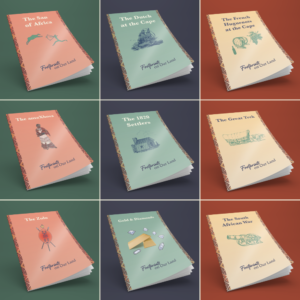 SA History Lapbook Bundle of 9 (Digital)R800.00
SA History Lapbook Bundle of 9 (Digital)R800.00 -
 The 1820 Settlers (Download)R100.00
The 1820 Settlers (Download)R100.00 -
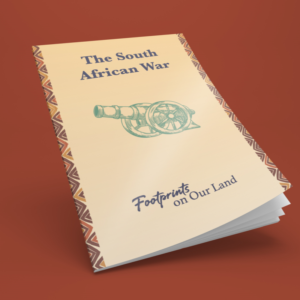 The South African War (Anglo Boer War)R100.00
The South African War (Anglo Boer War)R100.00 -
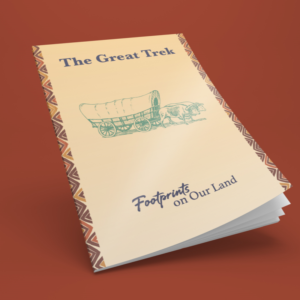 The Great Trek (Download)R100.00
The Great Trek (Download)R100.00 -
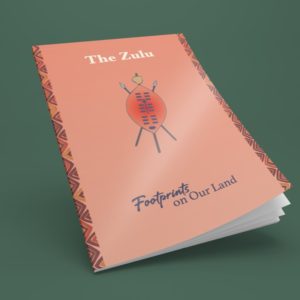 The Zulu (Download)R100.00
The Zulu (Download)R100.00 -
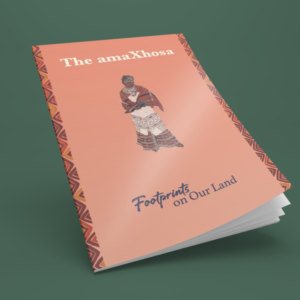 The Xhosa (Download)R100.00
The Xhosa (Download)R100.00 -
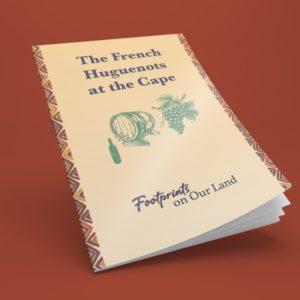 The French Huguenots at the Cape (Download)R100.00
The French Huguenots at the Cape (Download)R100.00 -
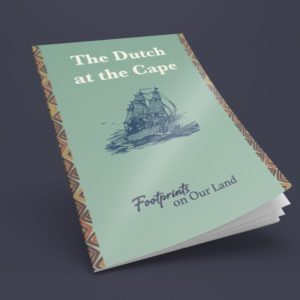 The Dutch at the Cape Lapbook (Download)R100.00
The Dutch at the Cape Lapbook (Download)R100.00 -
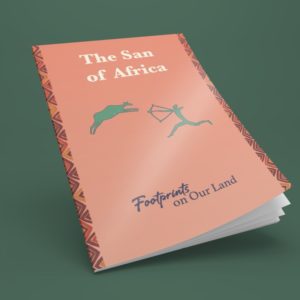 The San of Africa Lapbook (Download)R100.00
The San of Africa Lapbook (Download)R100.00 -
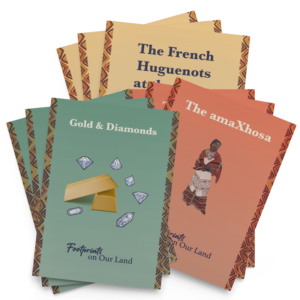 SA History Lapbooks Bundle of 9 on CDR800.00
SA History Lapbooks Bundle of 9 on CDR800.00

